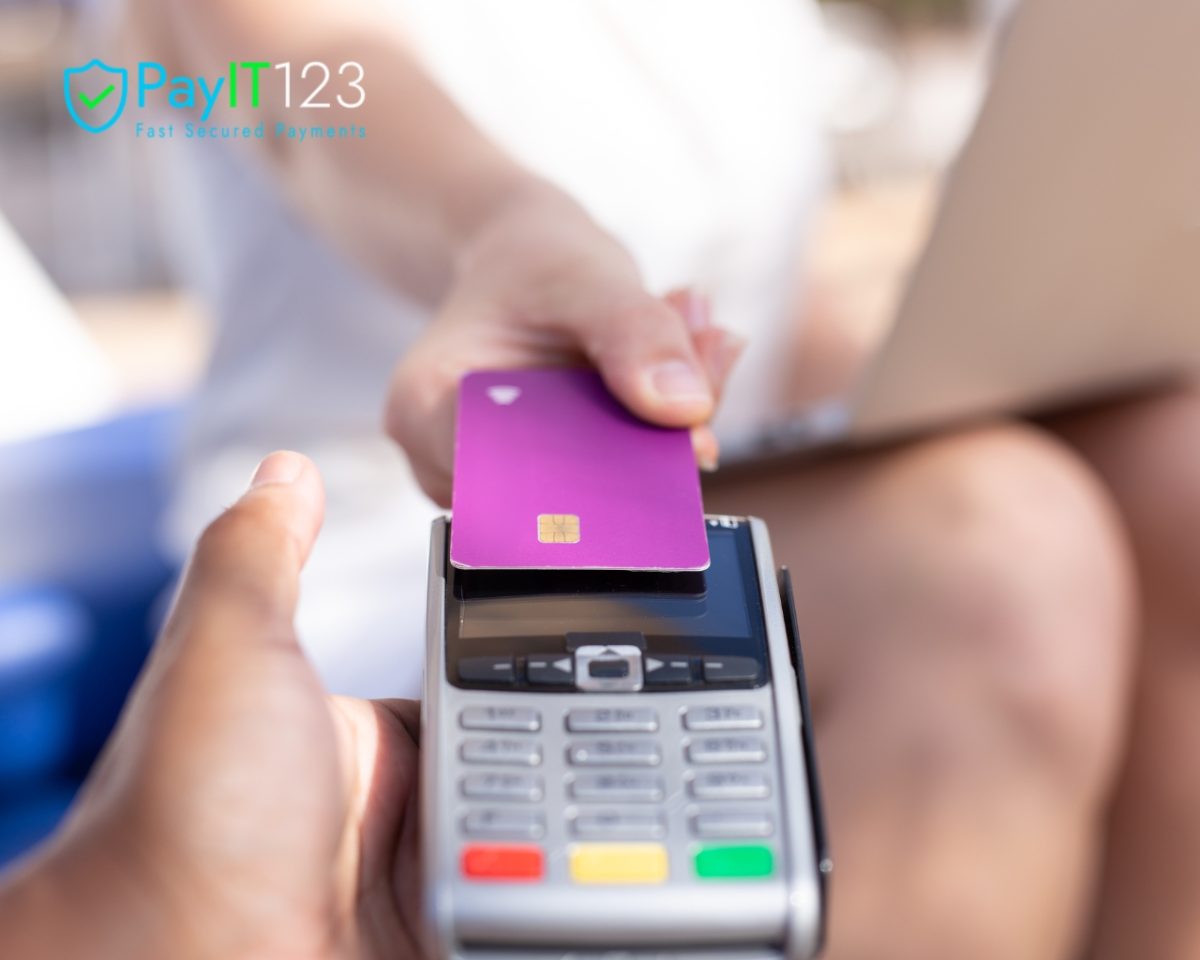Introduction:
This blog post explores the evolving landscape of card payments, focusing on contactless and mobile payments as key trends for retail transactions, their implications for retailers, and strategies to stay ahead in the digital world.
Trends in Contactless and Mobile Payments:
1. Contactless Payments: Contactless payments, also known as tap-and-go or NFC (near-field communication) payments, allow consumers to make transactions by simply tapping their contactless-enabled cards or mobile devices on a compatible payment terminal. This technology eliminates the need for physical contact with the payment terminal or the exchange of cash, making transactions faster, more convenient, and hygienic—especially in light of the COVID-19 pandemic.
2. Mobile Wallets: Mobile wallets, such as Apple Pay, Google Pay, and Samsung Pay, enable consumers to store their payment card information securely on their smartphones and make payments by holding their devices near a contactless payment terminal. Mobile wallets offer added convenience and security features, such as biometric authentication (e.g., fingerprint or facial recognition) and tokenization, which replace sensitive card information with encrypted tokens for added security.
3. QR Code Payments: QR code payments have gained popularity as a convenient and cost-effective payment method, especially in markets where mobile penetration is high. With QR code payments, consumers scan a QR code displayed at the point of sale using their smartphone camera and authorize the transaction using their mobile banking app or mobile wallet. This method eliminates the need for physical cards or payment terminals, making it suitable for both online and in-person transactions.
4. Wearable Payments: Wearable devices, such as smartwatches, fitness trackers, and wristbands, are becoming increasingly equipped with contactless payment capabilities, allowing users to make payments on the go without the need for a smartphone or physical card. Wearable payments offer added convenience and flexibility, particularly for users who lead active lifestyles or prefer minimalist wallets.
Implications for Retailers:
1. Enhanced Customer Experience: Contactless and mobile payments offer retailers an opportunity to enhance the customer experience by providing faster, more convenient, and frictionless checkout options. By embracing these technologies, retailers can reduce wait times, improve customer satisfaction, and drive repeat business.
2. Improved Security: Contactless and mobile payments offer advanced security features, such as tokenization and biometric authentication, which help protect against fraud and unauthorized transactions. Retailers can reassure customers that their payment information is safe and secure, fostering trust and confidence in their brand.
3. Adaptation to Changing Consumer Preferences: As consumers increasingly gravitate towards contactless and mobile payment methods, retailers must adapt to meet their evolving preferences and expectations. By offering a variety of payment options, including contactless cards, mobile wallets, and QR code payments, retailers can cater to a broader customer base and stay competitive in the market.
Strategies for Retailers:
1. Invest in Contactless Payment Infrastructure: Upgrade your point-of-sale terminals to support contactless payments and ensure compatibility with a wide range of contactless cards and mobile wallets. Train your staff to educate customers on the benefits of contactless payments and encourage adoption at checkout.
2. Promote Mobile Wallet Adoption: Encourage customers to use mobile wallets by offering incentives such as loyalty rewards, discounts, or exclusive offers for mobile payments. Display signage and promotional materials highlighting the availability of mobile payment options and the security features of mobile wallets to instill confidence in customers.
3. Embrace Omnichannel Payments: Integrate contactless and mobile payment capabilities across all channels, including in-store, online, and mobile, to provide a seamless omnichannel payment experience. Enable features such as click-and-collect, curbside pickup, and in-app payments to accommodate diverse customer preferences and shopping behaviors.
4. Stay Ahead of Emerging Technologies: Keep abreast of emerging technologies and trends in the payment industry, such as biometric authentication, blockchain, and IoT (Internet of Things) payments. Explore partnerships with fintech companies and payment service providers to leverage innovative solutions that enhance the customer experience and drive business growth.
Conclusion:
Contactless and mobile payments are the future of card payments, allowing retailers to enhance the customer experience, improve security, and adapt to changing consumer preferences. By embracing these trends, retailers can stay competitive in the digital world.
#ContactlessPayments #MobilePayments #FutureOfPayments #RetailTrends #DigitalPayments #PaymentInnovation #CustomerExperience #RetailTech #OmnichannelPayments #PaymentSecurity #QRCodePayments #WearablePayments #Fintech #Ecommerce #RetailTechnology #BusinessStrategy #DigitalTransformation #RetailInnovation #PaymentSolutions
The Future of Card Payments: Trends in Contactless and Mobile Payments for Retailers

